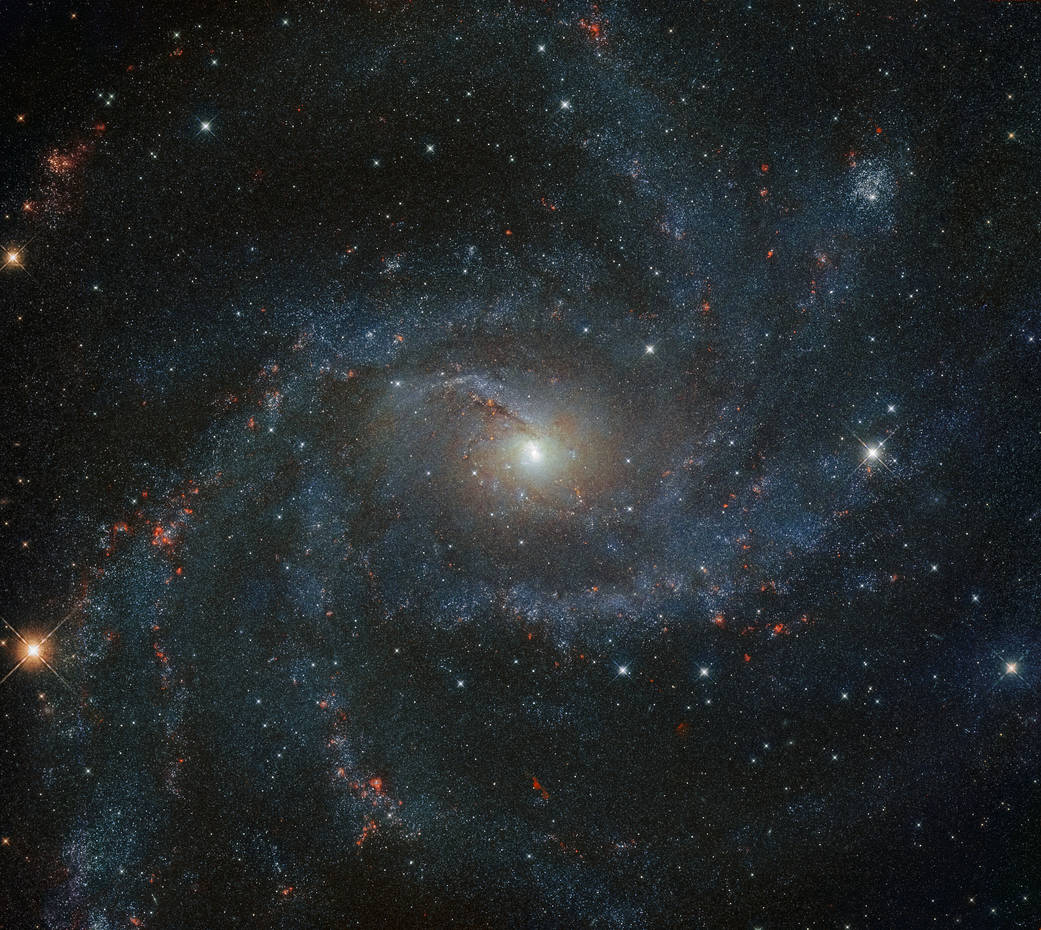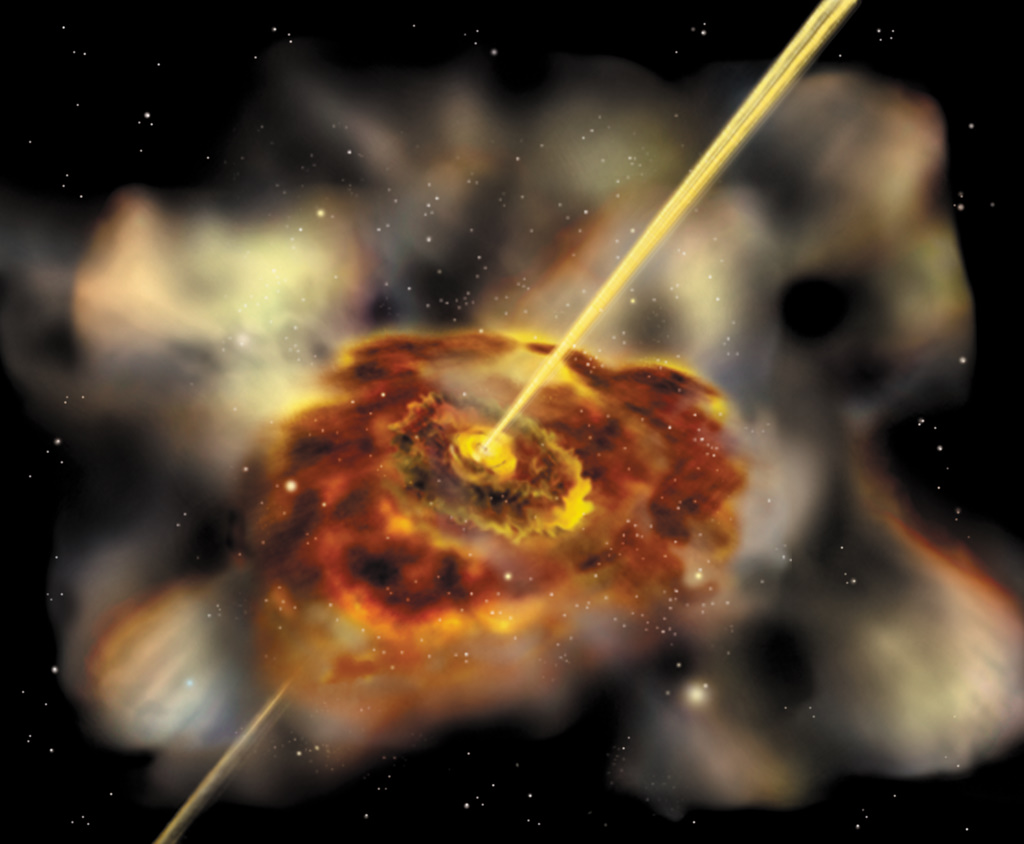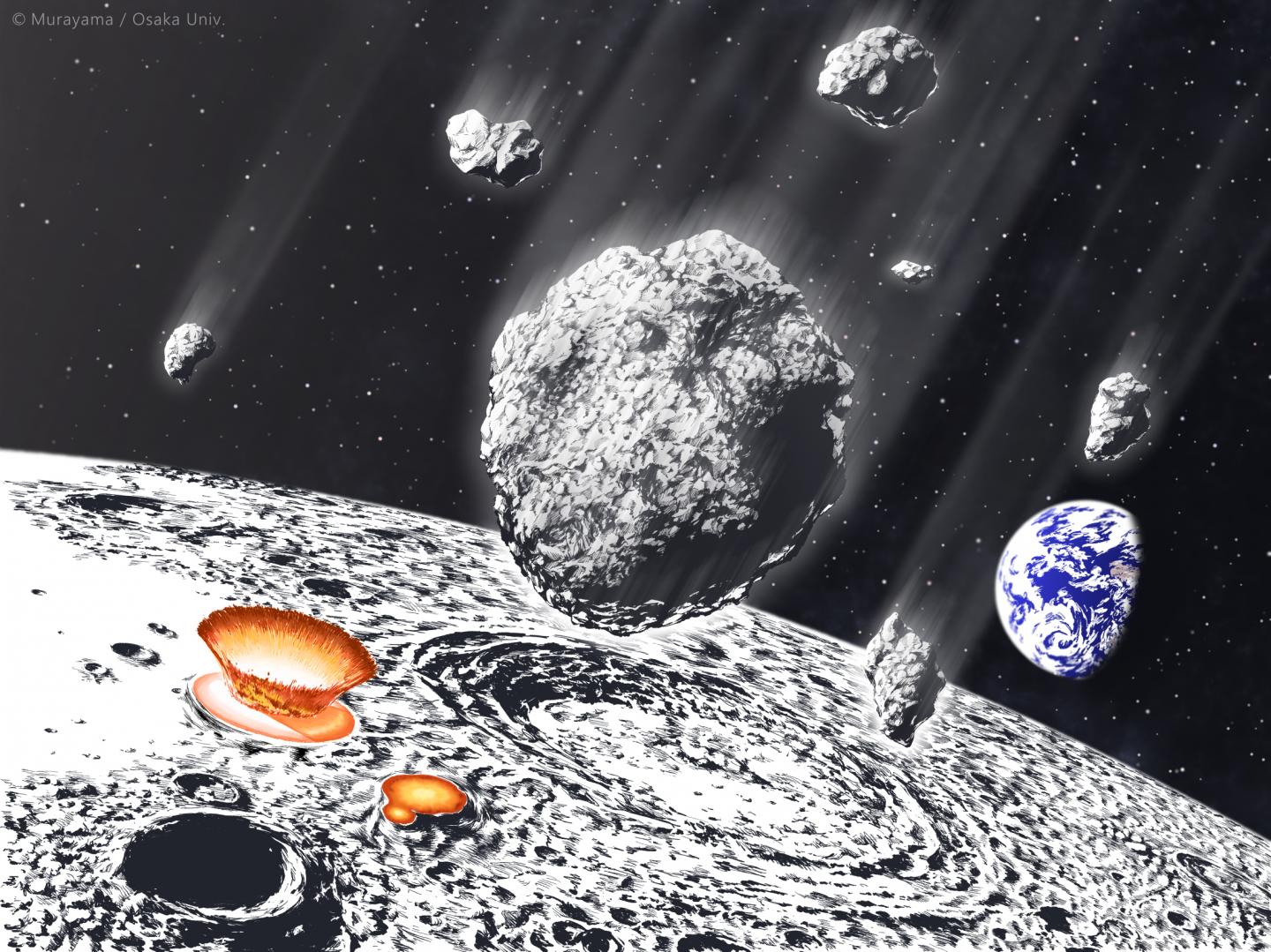Axions are a hypothetical particle that might explain the existence of dark matter. But it might occasionally interact with normal matter, especially in the cores of stars. A team of physicists have searched for evidence of axions in Betelgeuse and come up with nothing. It doesn’t mean that the axion doesn’t exist, but it does mean that it will be harder to find.
Continue reading “Astronomers Hoped to see Evidence of Dark Matter Particles Inside Betelgeuse. No Luck”Astronomers Hoped to see Evidence of Dark Matter Particles Inside Betelgeuse. No Luck


![An artist's conception of a brown dwarf. A new study identifies CK Vulpeculae as the remnant of a collison between a brown dwarf and a white dwarf. Image: By NASA/JPL-Caltech (http://planetquest.jpl.nasa.gov/image/114) [Public domain], via Wikimedia Commons](https://www.universetoday.com/wp-content/uploads/2018/10/Artist’s_conception_of_a_brown_dwarf_like_2MASSJ22282889-431026-2000x1200.jpg)







